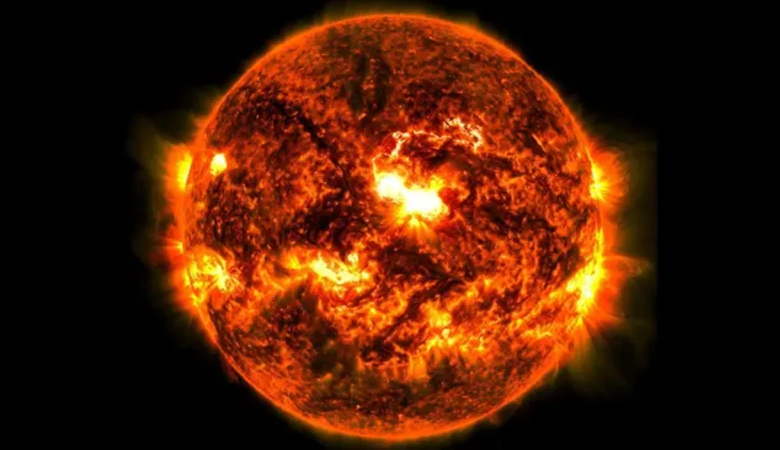Tree rings provide evidence of a massive solar storm striking Earth 2,700 years ago

News Mania Desk / Piyal Chatterjee / 30th November 2024
A study published in Communications Earth & Environment, scientists uncovered evidence of an immense solar storm that struck Earth around 664–663 BCE. According to reports, researchers from the University of Arizona, including dendrochronologist Dr Irina Panyushkina and radiocarbon expert Dr Timothy Jull, said this “Miyake Event” left traces in ancient tree rings. These findings highlight the potential dangers such storms pose to modern technology-dependent societies.
Miyake Events are named after Fusa Miyake, a Japanese physicist who discovered them in 2012. They are distinguished by significant increases in radiocarbon isotopes. These events are very unusual, with only six documented occurrences over the last 14,500 years. The most recent was discovered in tree-ring samples from Siberia, providing critical information on prehistoric solar activity. Radiocarbon is formed when cosmic radiation reacts with nitrogen in the atmosphere, eventually converting into carbon dioxide, which trees absorb through photosynthesis. Dr. Panyushkina noted in a statement that carbon-14 penetrates tree rings as part of the wood, recording solar activity year after year.
To corroborate its conclusions, the scientists compared tree-ring data to beryllium-10 isotopes found in polar ice cores. Both isotopes increase during periods of high solar activity, offering a dual record of historical occurrences. The researchers matched the data to determine when the event occurred, which was over 2,700 years ago. Dr. Panyushkina stated in another statement that by analyzing radiocarbon in tree rings and beryllium-10 in polar ice, they can confirm the timing of these uncommon solar storms.
While fascinating, such events could wreck today’s technologically advanced planet. According to sources, a storm of this magnitude would put satellite networks, electrical grids, and communication systems at risk.






